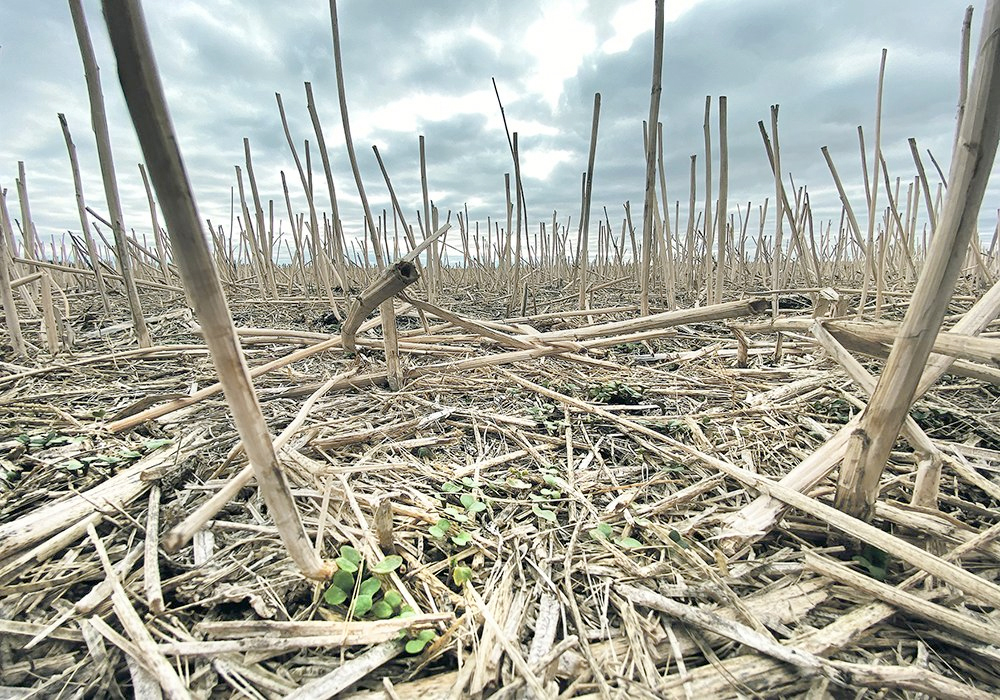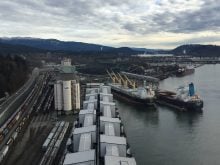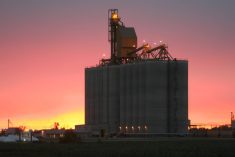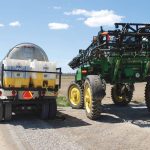The Western Producer asked Thomas Keller of the Swedish University of Agricultural Sciences to relate his and Dani Or’s just-published research on subsoil compaction to Western Canada’s prevailing minimum-till farming style.
Q: In general, how do conventional tillage and minimum-till systems compare in terms of subsoil compaction impact risk?
A: In conventional, plowed systems, there is a high risk of subsoil compaction during in-furrow plowing, and in conservation tillage/no-till we do not have this field operation, of course, so certainly (there is) one “high subsoil compaction risk” field operation less in minimum tillage.
Read Also
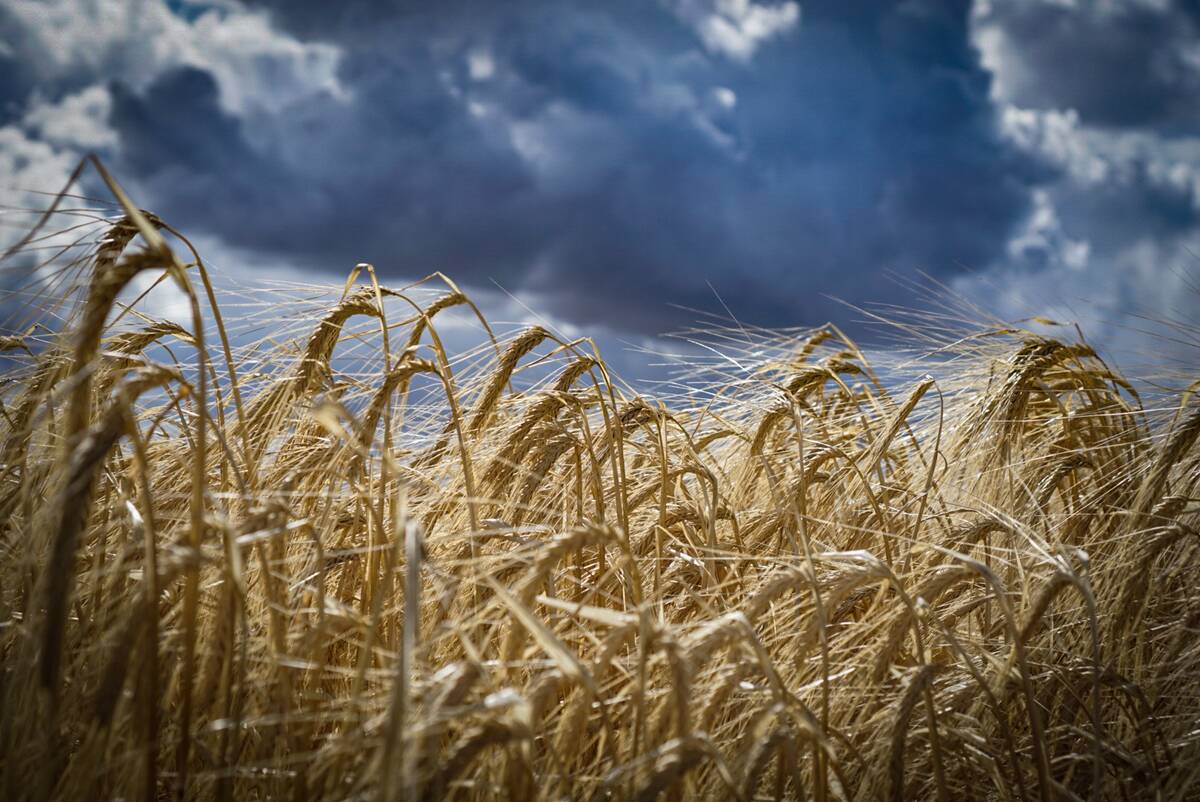
Malting barley exporters target Mexican market
Canada’s barley sector is setting its sights on the Mexican market to help mop up some of the lost demand from China
For other field operations, for example harvest (and) slurry spreading, there would be similar risks for compaction in conventional and minimum-till systems.
So heavy wheel loads (large machinery on large farms) in combination with moist subsoils could induce a risk for subsoil functionality in any tillage system.
Q: How is the soil in a minimum-tillage system different?
A: A minimum-till soil has a more stable soil structure in the top layers, compared with the tilled, annually loosened and fragmented one, but the effect of this on subsoil stresses is not entirely clear and may be less than what is sometimes assumed. (Perhaps) a more stable topsoil would not reduce stress propagation into subsoil. But we need more knowledge and soil stress measurements on this aspect.
Q: Could improved yields due to crop variety improvements and better farming methods and technology be disguising soil productivity losses from subsoil compaction?
A: It’s true that the problem of compaction could be masked by breeding progress or fertilization since compaction is more of a gradual reduction of soil quality (and) functionality. It’s difficult to see above ground and from one year to the next.
Q: Why is subsoil compaction an especially great risk in areas with high moisture and heavy rains?
A: The problems of subsoil compaction become aggravated in extreme weather situations — too much rain from rainstorms that cannot infiltrate, cannot be retained in the soil, or too dry conditions, which would increase mechanical resistance for roots — resulting in decreased accessibility of roots to resources, (such as) water, in the deeper soil layers.


